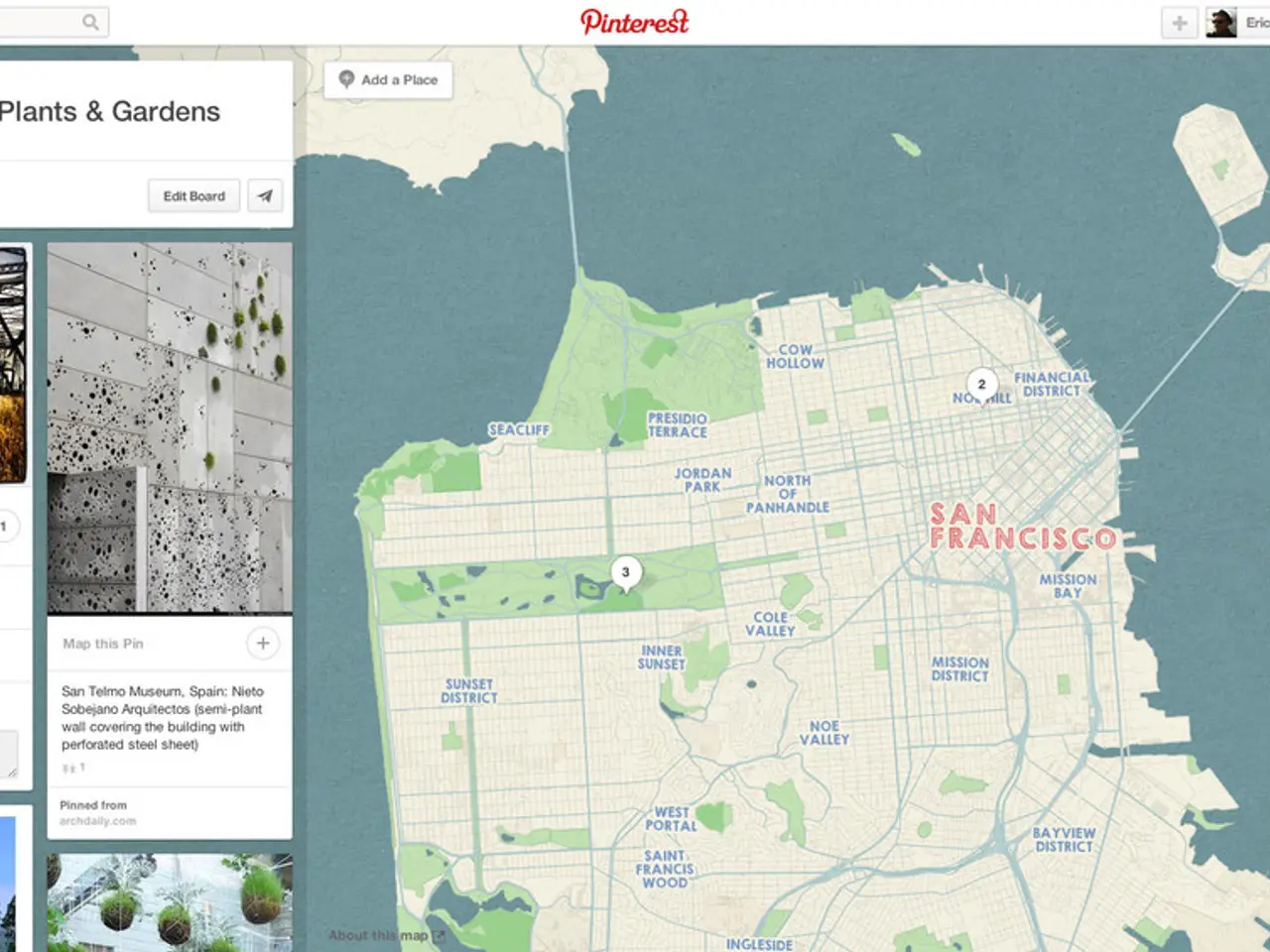Discover Methods to Evade Google's Device Tracking!
In the digital age, protecting our personal information has become increasingly important. Two key areas of concern are our YouTube viewing history and ad personalization, both of which can be managed through Google's Data & Personalization settings. However, it's important to note that these settings may not fully safeguard your privacy.
Google's Tracking of Your Location and YouTube Activity
Your YouTube viewing history can be vulnerable under Google tracking, and Fleet management-like practices are employed to ensure optimal performance, safety, and efficiency of Google's data collection. To completely disable Google's ability to track your location and prevent data collection on platforms like YouTube, you need to take several comprehensive steps:
- Disable location services entirely on your device. On Android, go to Settings > Privacy > Location services and toggle off location access for the whole device. On iPhone, go to Settings > Privacy and Security > Location Services and disable it globally.
- Review and restrict location permissions for individual apps. Even with location services off, some apps may still have location access if permissions are granted. Revoke or set location permission to “never” or “only while using app” for apps like Google Maps, YouTube, etc.
- Turn off Google's Location History and Web & App Activity tracking in your Google Account settings. Be aware that turning off Location History does not completely stop Google from collecting location data.
- Use YouTube in Incognito mode and manage YouTube data settings. On YouTube, use Incognito mode to prevent activity from being stored in watch or search history.
- Opt out of personalized ads and data sharing. In your Google Account, disable ad personalization and limit data sharing across Google services.
Additional Privacy Measures
Beyond these steps, consider adopting privacy-focused habits and tools:
- Avoid signing into Google accounts on browsers and apps unless necessary.
- Use separate or sub-accounts to compartmentalize your data and reduce profile aggregation.
- Use privacy-focused tools or settings that block trackers or limit data collection where possible.
The Limitations of Google's Privacy Settings
Because Google employs multiple hidden methods for tracking location and user activity, fully eliminating tracking is challenging. The most effective approach combines disabling location services and permissions, pausing activity tracking in Google settings, using incognito modes, and minimizing account sign-ins and data sharing.
It's essential to understand that disabling ad personalization does not affect the number of ads you are served or the amount of information Google collects on your behalf. However, it does limit the tailored online experiences, such as showing ads related to user interests and suggesting local businesses.
In summary, to substantially prevent Google and YouTube from tracking your location and collecting data, follow the steps outlined above. These steps offer the best practical control currently available, but hidden and background tracking by Google may continue in reduced form.
- Even with optimal use of Google's Data & Personalization settings, it's crucial to implement further measures in your digital practices to safeguard your privacy.
- Global trade, transportation, and automation, aided by data-and-cloud-computing and technology, have made it easier for companies like Google to collect personal data, necessitating stricter cybersecurity measures to protect our information.
- To complement privacy measures, explore the use of advanced cybersecurity tools to monitor and secure your data, ensuring a more robust shield against unwarranted surveillance.







